High-Rise: A conversation with director Ben Wheatley
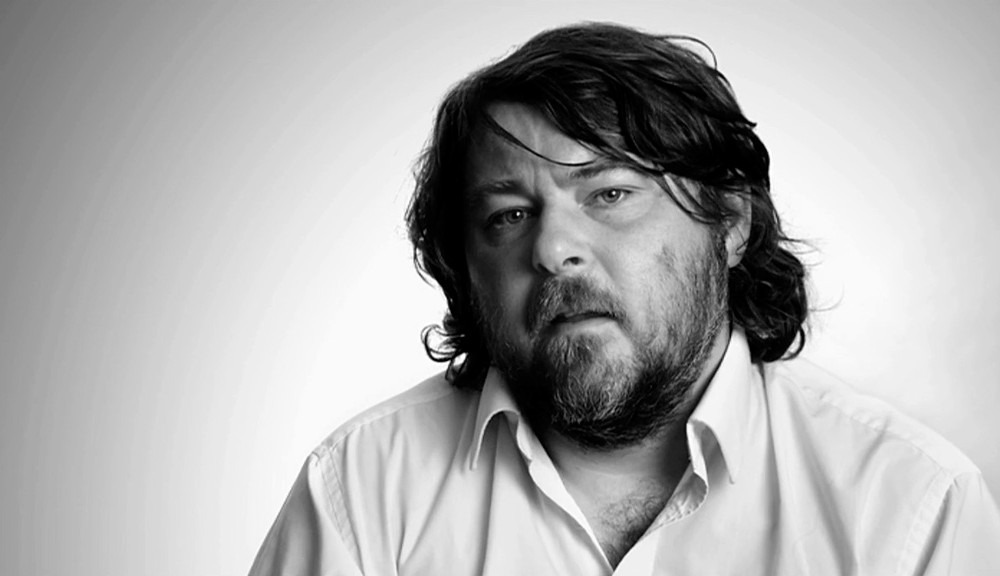
Ben Wheatley, one of the most interesting British directors of recent times, has trodden unconventional grounds since his early directorial days. His latest creation, High-Rise, is an unsettling account of socio-political unrest and class clashes. It is told through a small, contained community formed by the inhabitants of a single brutalist tower block. Based on JG Ballard’s dystopian novel, the film is as surreal as it is starkly realistic in its depiction of human nature. In a Q&A with Wheatley himself, the director speaks of the dystopian as an ever-present reality, and he clarifies many points that have had fans wondering. From the practical challenges of the adaptation process to the casting of Tom Hiddleston (who plays the protagonist Dr Laing), Wheatley satisfies the audience with his honest answers and sheds further light on the strange, barbaric world of High-Rise.
What was it about High-Rise, of all of Ballard’s works, that attracted you? And what was the challenge in adapting it for the screen?
In terms of the adaptation, I didn’t write it. I think there’s this idea that when a script is written, the director will throw down ideas and the screenwriter sits down waiting for these great truths, but it’s certainly not how we work. The input I had into the script was to take the book off the shelf, give it to Amy [Jump, screenwriter] and say: “Please adapt this”. As for Ballard, in the beginning when I was a teenager and I read the book I liked it because it was full of violence and sex. As an adult…it’s the same! But the nice thing about getting older is that you realise that culture can be re-experienced again and again. When I read it, it was reasonably close to when it was written, so it looked like science fiction, and now it looks like science fact. Reading it now, it felt that the future had actually happened. It’s meant to be one of the great un-filmable books but it’s so graphic. It has a plot and it has characters and it’s full of strong visuals so it’s not un-filmable like they say it is.
Many have tried to adapt the book before, and one of the ideas that many had was to set it in the future, but you took it back in time. Due to social media, perhaps setting it in the present or future wouldn’t work?
Yes, the fact that they’re in a tower away from society doesn’t really fit with how social media works, because now everything would immediately be on Instagram, so that would make it harder to believe. Even if you solve that and try to make it fit the present, that would start to erase the book and eventually you’d just be left with the title.
When casting Dr Laing, how did you get to Tom Hiddleston?
The thing about Dr Laing is that on one level he’s a doctor so you’ve got to trust him, in a normal narrative he would be the rational mind who would work it all out and save the day, but he doesn’t. He’s a coward and he backs away, which I think makes him more realistic and human. What I like about Tom is that he’s fiercely intelligent as a man but you can also tell that from his performances. He’s also controlled so he has a sort of mask, he’s always very measured in his performance and his communication. In the film, you can see the hypocrisy of Dr Laing underneath, trying to get out, but he’s also trying to put on the best face and do the best for everybody.
The editing is fast paced and the storyline jumps from one place to the other, was the tempo inspired by the book or did that come about during production?
No, it’s not from the book. The way we write scripts is with the editing included. They’re very weird-looking scripts because they have very small scenes usually. So Amy is always thinking about how the scenes juxtapose against each other. It’s not how you would do it if you went to script school, and it makes scheduling quite difficult because it’s so fragmented. For this film I drew 700 storyboards and did lots of preparatory drawings so yes, it is highly planned.
You said that the book made a big impression on you, did it help the cast build their characters?
Not massively. I mean, Tom read everything, because he’s just a machine like that. He read everything to do with Ballard and became an incredible expert, he could quote it to me all day long. The rest of them were dealing with it on the day, emotionally. A lot of it is intuition. It’s a tricky one with an ensemble cast where some of them might only be on it for a week or so, and then they get asked “How did you prepare?”. It’s De Niro’s fault, really. Eating all that pasta for Raging Bull, and being a taxi driver for a day and a half or whatever he did. Everyone assumes the actors have done a massive amount of research and they haven’t, usually. What they bring is their emotional reality to it. For instance, I thought it was incredible the way Sienna Miller was so light in her performance. Her delivery is always so subtle, and that’s the skill. She was working on several films at that time, flying all over the place.
How did you want to portray the dystopian aspect of the story?
In terms of the dystopian world, I think we’re still living in it. It’s not one point in time. That’s what we’re trying to say with the film, that it’s a loop that keeps going backwards and forwards, up and down. So “now” is like “then”. There is terrorism, ecological worries and financial collapse. It’s the same moment, and we’re kind of the same people.
JG Ballard looks at the societal collapse from a political perspective as well, is the film political?
I think the film is political, but I don’t stand with one party or another. I don’t like following at all. I find it difficult with political leaders, I think the people who want to be leaders are exactly the people you don’t want to lead you. I think it should be done like jury service, where you get called and think “Oh f**k, I have to be an MP for a week”. That would be much more healthy, we wouldn’t have desperate people trying to be in charge.
Mersa Auda
High-Rise is released nationwide on 18th March 2016.
Read our review of High-Rise here.

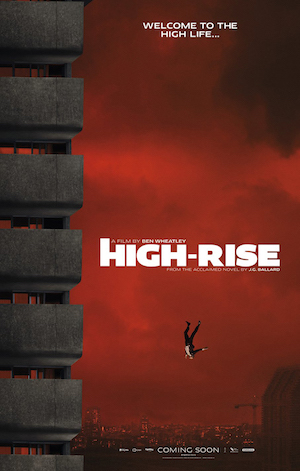
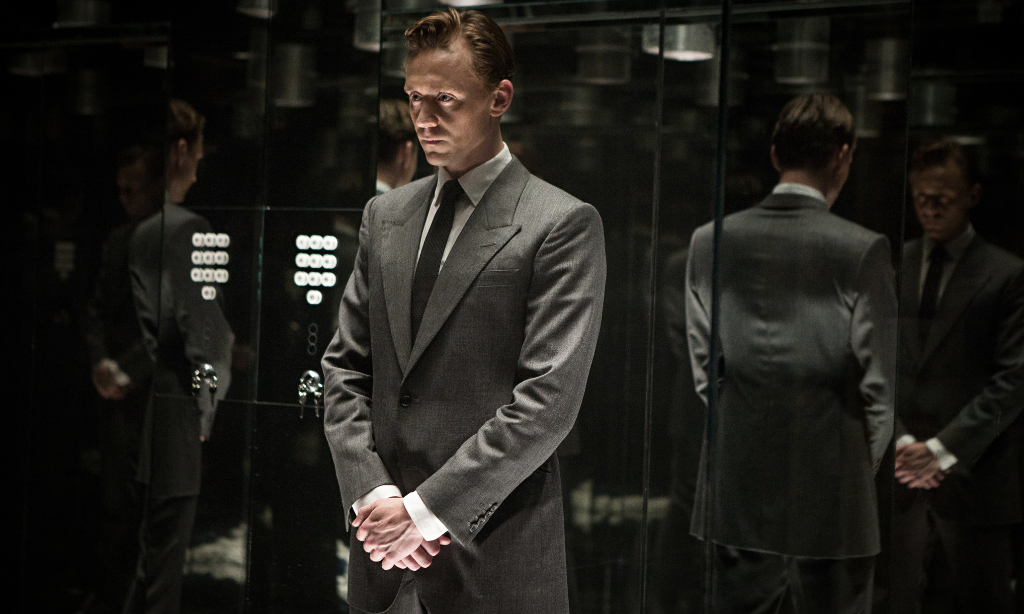
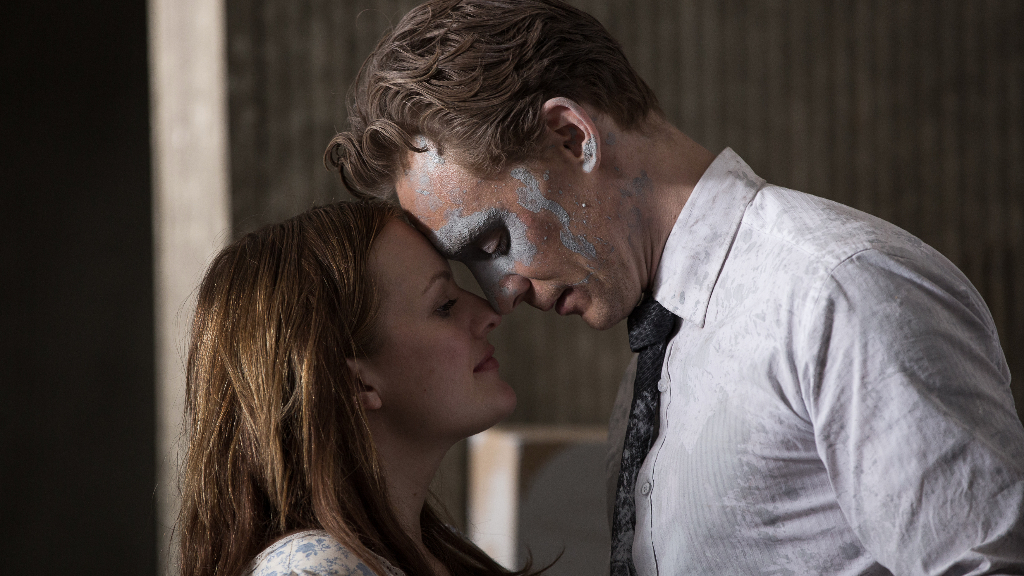
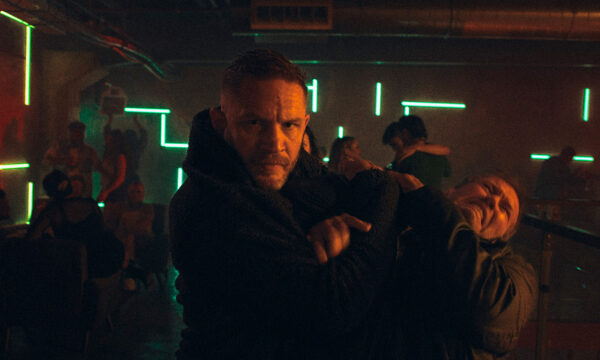
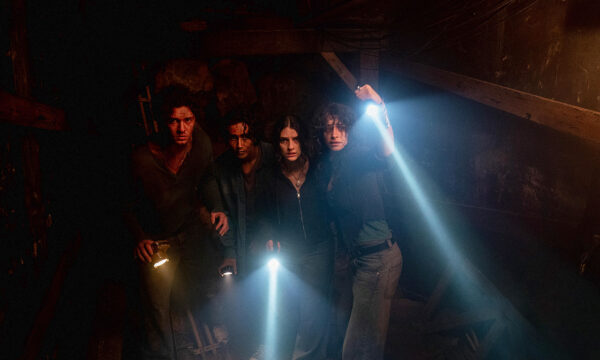
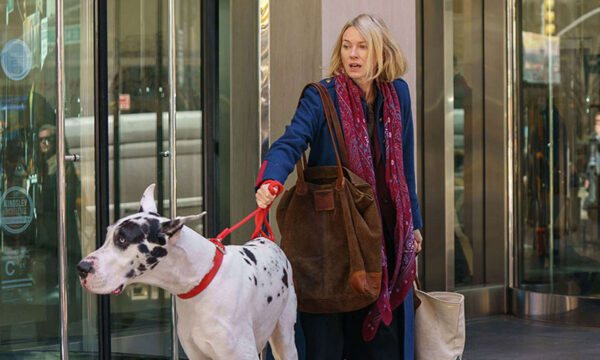
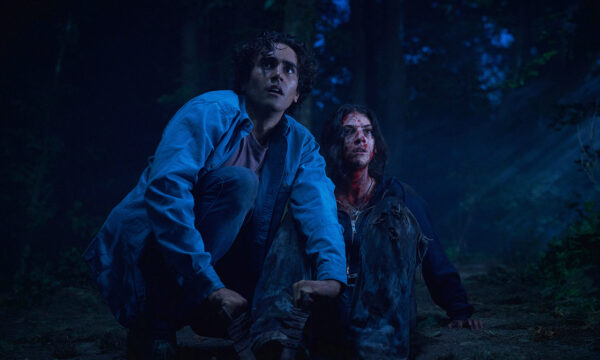
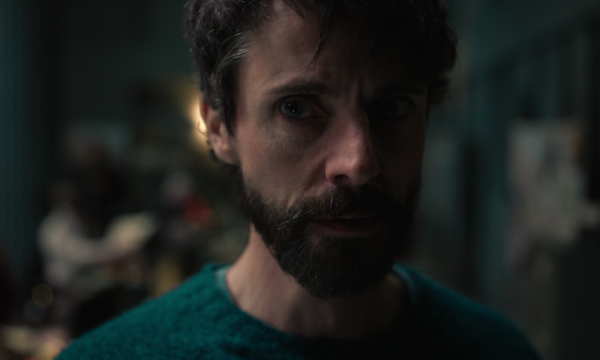
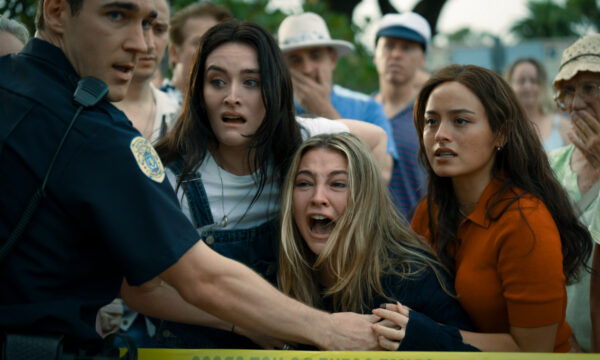
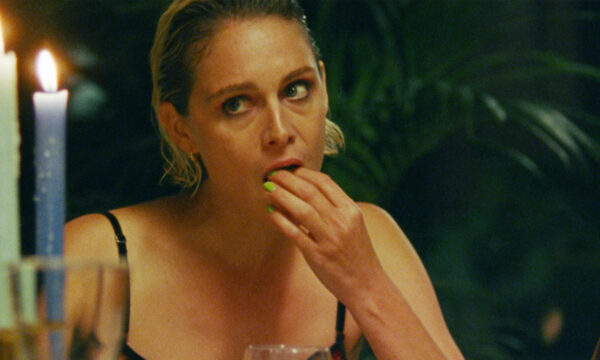
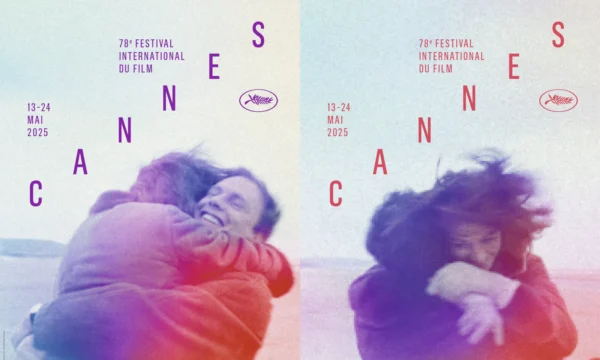
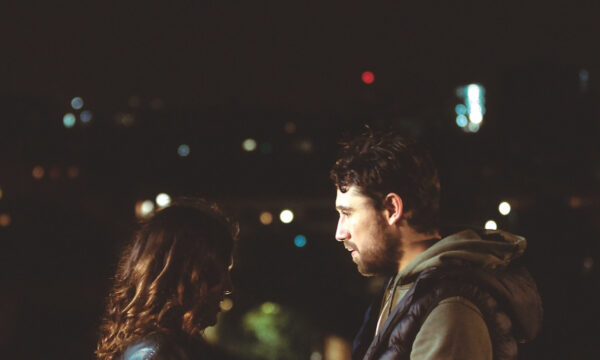














Facebook
Twitter
Instagram
YouTube
RSS